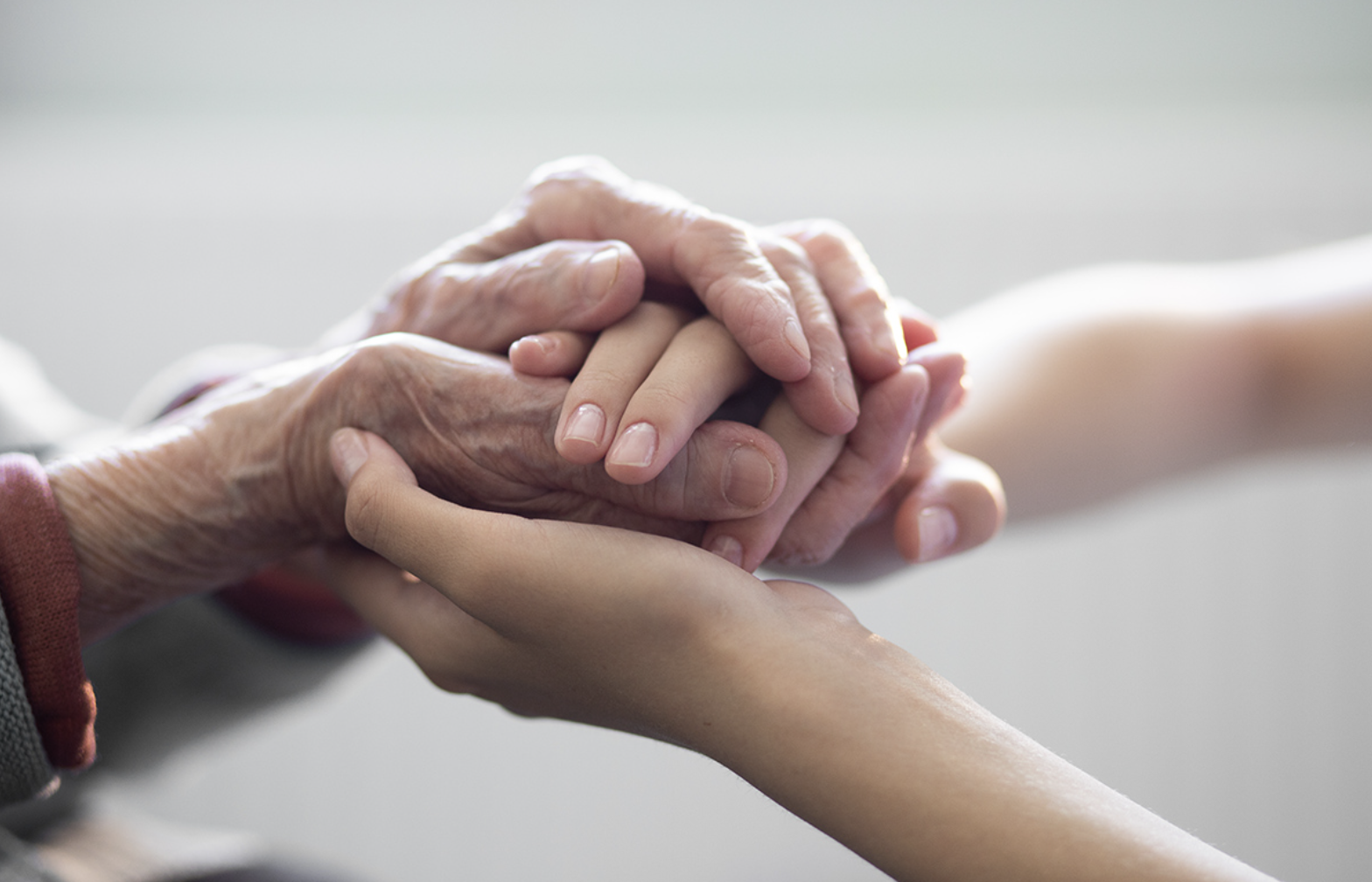
- Details
- By Elizabeth Chambers, WSU Elson S. Floyd College of Medicine Communications an
A growing population of American Indians and Alaska Natives (AI/ANs) over 55 face unique challenges and opportunities for healthy aging, according to a study led by researchers at the Institute for Research and Education to Advance Community Health (IREACH) in the Washington State University Elson S. Floyd College of Medicine.
The researchers hosted a community listening session with AI/AN Elders from the Pacific Northwest, Southwest, and other regions in partnership with the National Indian Council on Aging that identified a range of barriers to Elders receiving necessary social support and care for aging-related diseases. Study participants cited an urgent need for more comprehensive and culturally informed services, including securing additional funding for existing services and timely federal approvals for proposed ones.
These include community-based services so Elders can remain in their homes and communities as they age, and education to improve understanding and reduce stigma around Alzheimer’s disease and related dementias.
“The community is ready to be engaged in this research,” said lead study author Cole Allick, PhD, MHA, a research assistant professor at IREACH and citizen of the Turtle Mountain Band of Chippewa Indians. “We’re going see a huge increase in the number of Elders over the next 25 years, so the time is now. We need to make sure that we’re prepared at a systems level to care for these Elders in our communities.”
Published in the journal Genealogy, the study fills a gap in healthy aging research as one of the first projects to directly engage Elders in a discussion about their needs. AI/AN populations face disproportionately high rates of age-related Alzheimer’s disease and related dementias, largely due to social factors, but are underrepresented in research and often left out of discussions about potential solutions.
Culturally informed services are necessary to address how intergenerational trauma has created mistrust in Western systems among Indigenous communities, according to the study. Participants cited their historical knowledge of past Elders’ experiences with forced removals from their families and placement into government-funded boarding schools designed to assimilate them into mainstream American culture in connection to their own apprehension about being forced into long-term care settings as they age.
Intergenerational solidarity offers another way for community members to support healthy aging, one that reinforces the traditional role of Elders as keepers of generational knowledge that sustains individual and community health, according to Allick. Participants called for restoring the relationship between youth and Elders, treating Elders with kindness and respect, and strengthening community connections to stave off loneliness.
Allick and co-author Marija Bogic, PhD, a senior social scientist at IREACH, also discuss potential solutions, ranging from the individual to the societal, to build the relationships and infrastructure necessary to effectively support Elders as they age, starting with acknowledging the intergenerational trauma and resilience of Indigenous communities.
“I’d really like to see more innovative models of providing care for Elders,” said Allick, who was recently appointed to the Washington State Dementia Action Collaborative to help address the unique care needs of Indigenous communities. “I’m hopeful we can engage communities at the tribal government level and find new ways to create programs for Elders that encompass all the things that we learned from this research.”
Help us tell the stories that could save Native languages and food traditions
At a critical moment for Indian Country, Native News Online is embarking on our most ambitious reporting project yet: "Cultivating Culture," a three-year investigation into two forces shaping Native community survival—food sovereignty and language revitalization.
The devastating impact of COVID-19 accelerated the loss of Native elders and with them, irreplaceable cultural knowledge. Yet across tribal communities, innovative leaders are fighting back, reclaiming traditional food systems and breathing new life into Native languages. These aren't just cultural preservation efforts—they're powerful pathways to community health, healing, and resilience.
Our dedicated reporting team will spend three years documenting these stories through on-the-ground reporting in 18 tribal communities, producing over 200 in-depth stories, 18 podcast episodes, and multimedia content that amplifies Indigenous voices. We'll show policymakers, funders, and allies how cultural restoration directly impacts physical and mental wellness while celebrating successful models of sovereignty and self-determination.
This isn't corporate media parachuting into Indian Country for a quick story. This is sustained, relationship-based journalism by Native reporters who understand these communities. It's "Warrior Journalism"—fearless reporting that serves the 5.5 million readers who depend on us for news that mainstream media often ignores.
We need your help right now. While we've secured partial funding, we're still $450,000 short of our three-year budget. Our immediate goal is $25,000 this month to keep this critical work moving forward—funding reporter salaries, travel to remote communities, photography, and the deep reporting these stories deserve.
Every dollar directly supports Indigenous journalists telling Indigenous stories. Whether it's $5 or $50, your contribution ensures these vital narratives of resilience, innovation, and hope don't disappear into silence.
 The stakes couldn't be higher. Native languages are being lost at an alarming rate. Food insecurity plagues many tribal communities. But solutions are emerging, and these stories need to be told.
The stakes couldn't be higher. Native languages are being lost at an alarming rate. Food insecurity plagues many tribal communities. But solutions are emerging, and these stories need to be told.
Support independent Native journalism. Fund the stories that matter.
Levi Rickert (Potawatomi), Editor & Publisher
